Figures & data
Figure 1. The frequency of response options for the general attitude question: “overall, do you think it’s more harmful or beneficial to have wild pigs in Alabama?”.
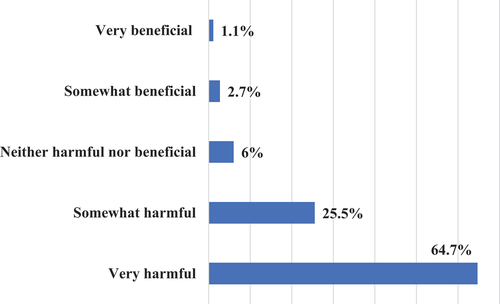
Figure 2. The frequency of response options for the wildlife acceptance capacity (WAC) question: “what change would you like to see in wild pig population numbers in Alabama?”.
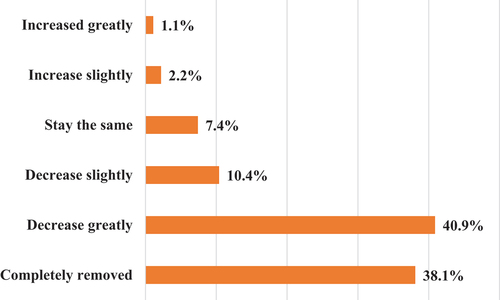
Figure 3. The frequency of response options for the acceptability of management actions question: “how acceptable is it to you that each of the following wild pig control methods are used in Alabama?”Footnote1.
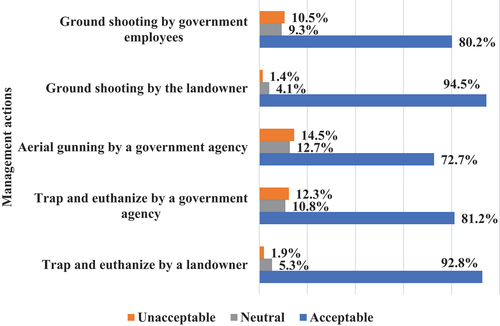
Figure 4. The frequency of response options for the prior behaviors question: “in the past 2 years, have you done any of the following things relating to wild pigs?”.
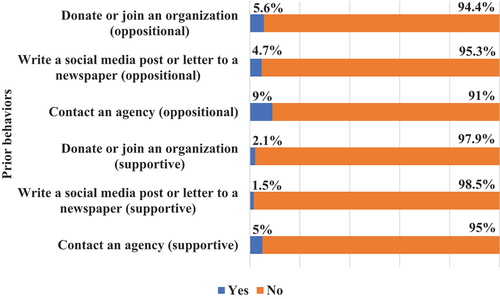
Figure 5. The frequency of response options for the behavioral intentions question: “how likely are you to do the following things at some point in the next year?”.
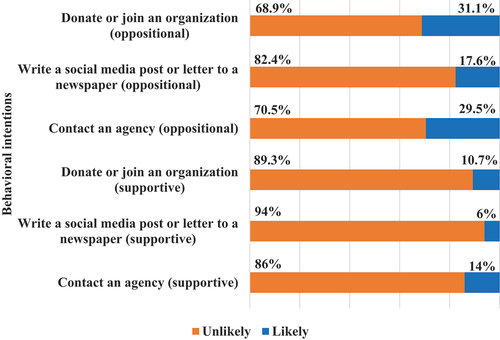
Table 1. Correlations between cognitive and behavioral measures of tolerance.
Data availability statement
The data supporting this study’s findings are available from the corresponding author, H. Ellis, upon reasonable request.
